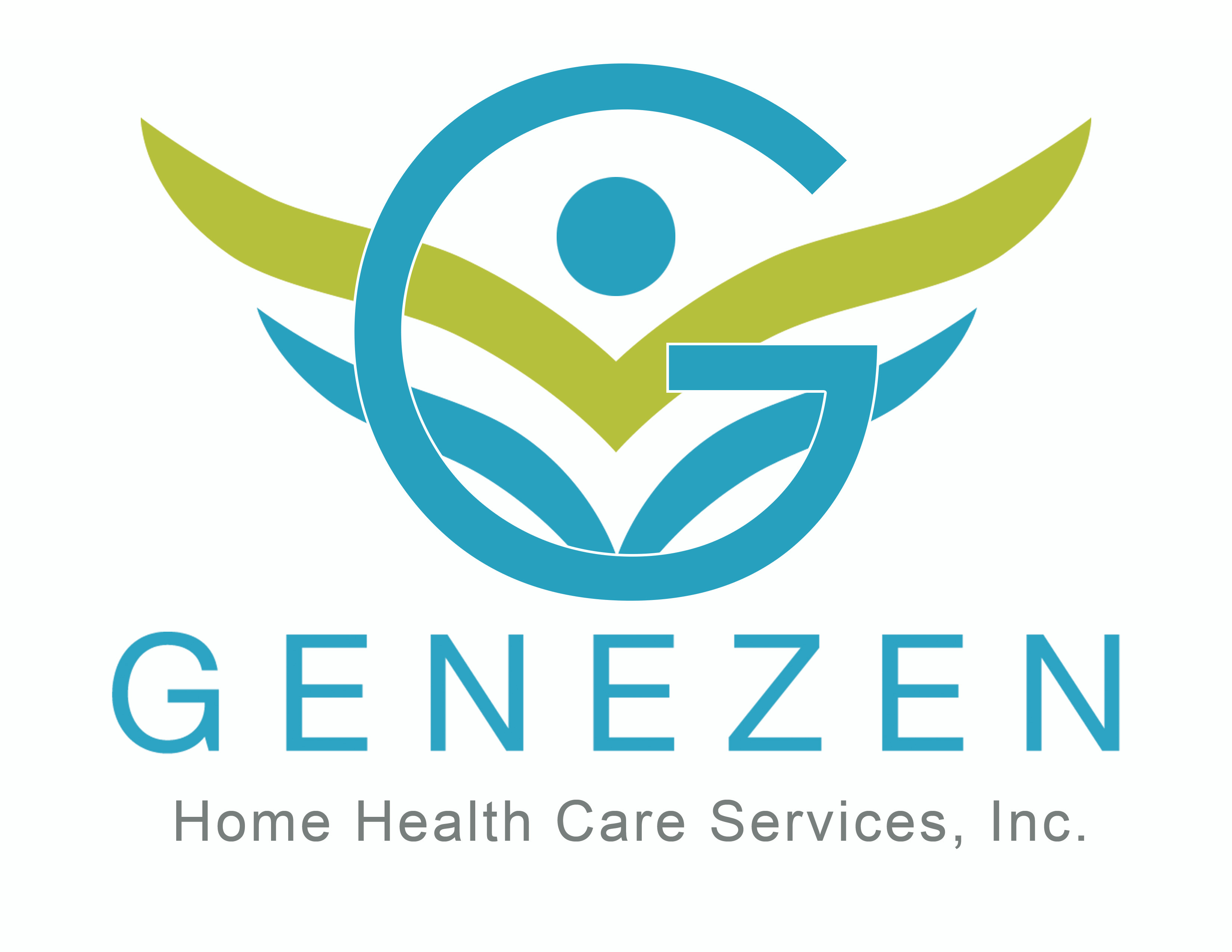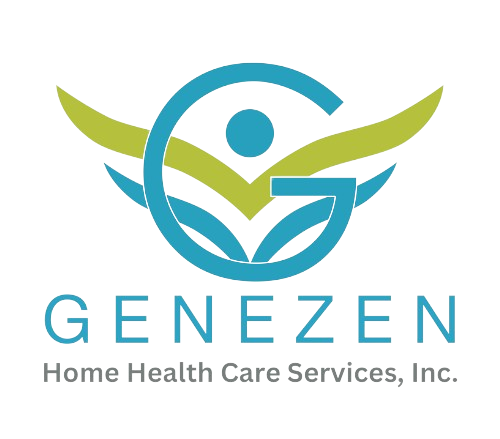A stroke occurs when blood flow to the brain is interrupted, causing damage to brain cells and affecting physical and neurological function. Depending on the severity and location of the stroke, individuals may experience muscle weakness, loss of balance, coordination issues, and difficulty with speech and movement. These impairments can make daily activities challenging and significantly reduce overall independence and quality of life.
Physical therapy for stroke patients is essential for rebuilding strength, improving mobility, and regaining independence. A tailored approach to physical therapy for stroke patients helps restore motor function, enhance balance, and prevent muscle stiffness through targeted exercises and specialized techniques. Early and consistent physical therapy for stroke patients increases the chances of regaining lost abilities, allowing patients to rebuild confidence and improve overall well-being. A structured physical therapy for stroke patients plan is crucial for maximizing recovery and helping stroke survivors lead more independent lives.
What is a Stroke?

A stroke occurs when blood flow to the brain is interrupted, depriving brain cells of oxygen and nutrients. This disruption can happen due to a blockage in a blood vessel (ischemic stroke) or bleeding in the brain (hemorrhagic stroke). When brain cells are starved of oxygen, they begin to die within minutes, leading to loss of brain function. Depending on the area of the brain affected, a stroke can cause muscle weakness, speech difficulties, memory loss, and impaired coordination.
- Ischemic Stroke: This is the most common type, accounting for about 87% of all strokes. It occurs when a blood clot or plaque buildup blocks blood flow to the brain. The blockage may form in a brain artery or travel from another part of the body (embolic stroke).
- Hemorrhagic Stroke: This type occurs when a weakened blood vessel in the brain ruptures, causing bleeding (hemorrhage) into or around the brain tissue. High blood pressure, aneurysms, or trauma can lead to hemorrhagic strokes.
Effects of a Stroke on Brain Function and Recovery:
- Brain Damage Location: The affected brain area determines which body functions are impaired.
- Motor Skill Impairment: Loss of movement and coordination, particularly on one side of the body.
- Speech and Language Difficulties: Trouble forming or understanding words.
- Cognitive Changes: Memory loss, confusion, and impaired problem-solving skills.
- Emotional and Behavioral Changes: Depression, anxiety, and mood swings are
What It Feels Like
Recovering from a stroke can be physically and emotionally overwhelming. The loss of muscle control, balance issues, and impaired motor skills can make even simple tasks challenging. Understanding how these changes feel can help patients and caregivers better navigate the recovery process.
Common Sensations and Challenges:
- Muscle Weakness: Feeling heaviness or lack of strength, particularly on one side of the body.
- Numbness or Tingling: Reduced sensation or a “pins and needles” feeling in affected areas.
- Loss of Balance: Feeling unsteady when standing or walking, with a higher risk of falling.
- Stiffness or Spasticity: Muscles may feel tight or resistant to movement, making it hard to stretch or move freely.
- Pain or Discomfort: Aching muscles or joint pain from reduced mobility or improper posture.
- Fatigue: Feeling physically and mentally exhausted, even after minimal activity.
- Coordination Issues: Difficulty with precise movements like buttoning a shirt or holding utensils.
- Emotional Distress: Frustration, anxiety, and depression due to physical limitations and slow progress.
Early rehabilitation through physical therapy helps address these challenges, promoting strength, balance, and independence.
Physical Therapy for Stroke Patients: A Comprehensive Treatment Plan

Recovering from a stroke requires a structured and individualized approach to restore strength, mobility, and independence. Physical therapy for stroke patients focuses on improving motor function, reducing muscle stiffness, and enhancing overall physical capability. A well-designed treatment plan helps patients regain confidence and improve their quality of life.
Key Components of a Comprehensive Treatment Plan:
- Initial Assessment and Goal Setting: A physical therapist evaluates the patient’s strength, balance, coordination, and mobility to create a personalized recovery plan.
- Strength Training: Targeted exercises to rebuild muscle strength and improve overall body function.
- Balance and Coordination Exercises: Techniques to improve stability and reduce the risk of falls.
- Range of Motion Exercises: Stretching and joint mobilization to prevent stiffness and increase flexibility.
- Gait Training: Teaching proper walking techniques using assistive devices like canes or walkers.
- Neuroplasticity-Based Exercises: Exercises that stimulate the brain’s ability to form new neural connections and restore lost motor skills.
- Functional Electrical Stimulation (FES): Using electrical impulses to activate weakened muscles and improve muscle response.
- Patient and Caregiver Education: Providing guidance on exercises and safety measures to continue progress at home.
- Progress Monitoring and Adjustments: Regular reassessments to modify the treatment plan based on the patient’s progress and needs.
A comprehensive physical therapy plan supports long-term recovery and helps stroke patients regain independence.
Why Physical Therapy for Stroke Patients Is Essential

Physical therapy is crucial for stroke recovery, helping patients regain strength, mobility, and independence. It supports the brain’s ability to relearn movements and prevents long-term complications.
Key Benefits:
- Restores Strength and Coordination: Improves muscle control and balance.
- Enhances Mobility and Flexibility: Increases range of motion and reduces stiffness.
- Reduces Fall Risk: Strengthens balance and stability.
- Promotes Neuroplasticity: Helps the brain form new neural connections.
- Prevents Muscle Weakness: Maintains muscle strength and joint health.
- Boosts Confidence: Improves independence in daily activities.
- Reduces Pain: Relieves muscle tension and strain.
- Improves Daily Function: Makes walking, dressing, and eating easier.
- Supports Heart Health: Increases stamina and cardiovascular strength.
- Encourages Mental Well-Being: Restores confidence and reduces anxiety.
Key Home-Based Exercises:
- Leg lifts and stretches: To improve strength and flexibility.
- Balance drills: To enhance coordination and prevent falls.
- Hand and finger exercises: To restore fine motor skills.
- Breathing exercises: To improve endurance and reduce fatigue.
Building a Support System
A strong support system plays a critical role in stroke recovery. Family and caregivers should be involved in the therapy process to provide encouragement and assistance.
Ways to Build Support:
- Family and caregiver involvement: Helping with exercises and monitoring progress.
- Support groups: Connecting with other stroke survivors for motivation and shared experiences.
- Professional guidance: Regular check-ins with physical therapists to adjust the care plan.
Consistent therapy, home-based exercises, and a strong support system create a solid foundation for long-term recovery and improved quality of life.
Choosing the Right Physical Therapist

Selecting the right physical therapist is essential for effective stroke recovery. A therapist with specialized training in neurological rehabilitation can provide tailored care to address the unique challenges faced by stroke patients. The right professional will develop a personalized plan to improve strength, balance, and mobility while supporting long-term independence.
Key Factors to Consider:
- Specialization in Neurological Rehabilitation: Look for a therapist experienced in treating stroke patients and neurological disorders.
- Experience with Stroke Recovery Techniques: The therapist should be familiar with gait training, balance exercises, and neuroplasticity-based methods.
- Communication and Patient Rapport: A therapist who listens, explains clearly and motivates the patient helps build trust and improve outcomes.
- Customized Treatment Plans: The therapist should create a plan based on the patient’s specific needs and progress.
- Facility and Equipment: Access to specialized equipment, such as parallel bars, balance boards, and resistance machines, enhances therapy effectiveness.
- Coordination with the Healthcare Team: The therapist should work closely with physicians, occupational therapists, and caregivers to provide comprehensive care.
- Home Exercise Guidance: A good therapist will provide exercises to practice at home, reinforcing therapy goals.
Choosing a qualified and experienced physical therapist ensures a more effective and confident recovery process.
Reclaiming Life: The Power of Physical Therapy in Stroke Recovery
Physical therapy plays a vital role in stroke recovery by helping patients regain strength, mobility, and independence. Tailored therapy plans address each patient’s unique challenges, improving muscle control, balance, and coordination. A structured and consistent approach to therapy enhances recovery outcomes, allowing stroke survivors to regain confidence and perform daily activities with greater ease. Long-term maintenance and support are essential to prevent regression and sustain progress.
If you or a loved one are recovering from a stroke, consult a physical therapist to develop a personalized recovery plan. At Genezen Home Health Care Services, we provide expert physical therapy designed to meet your individual needs. Our experienced therapists will create a customized care plan focused on improving mobility, balance, and strength. Contact us today to begin your recovery journey and take the first step toward regaining independence.


